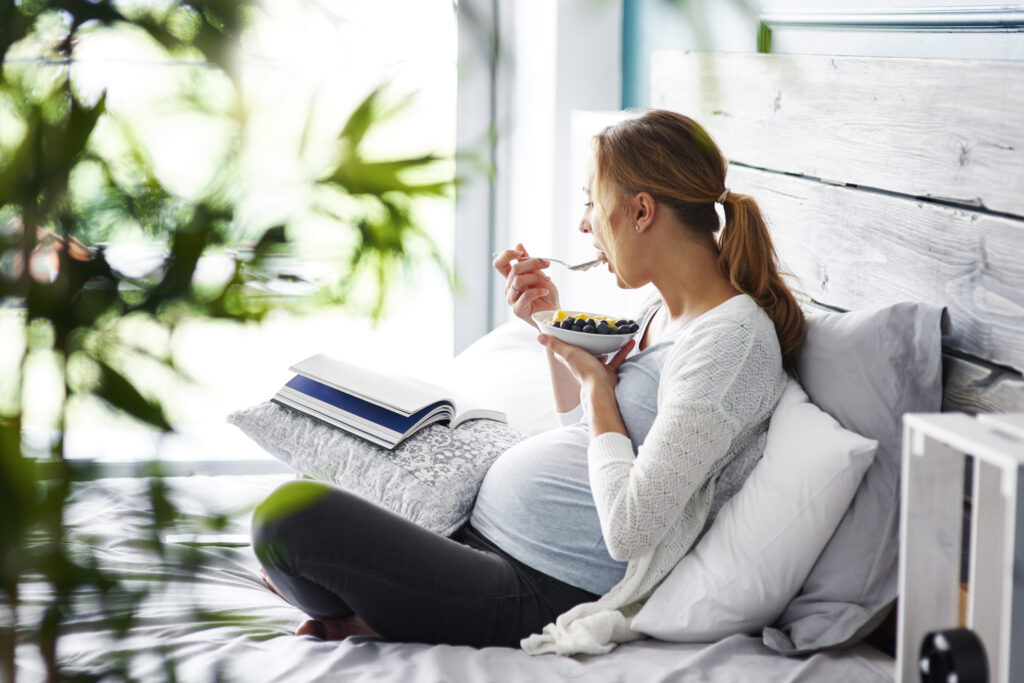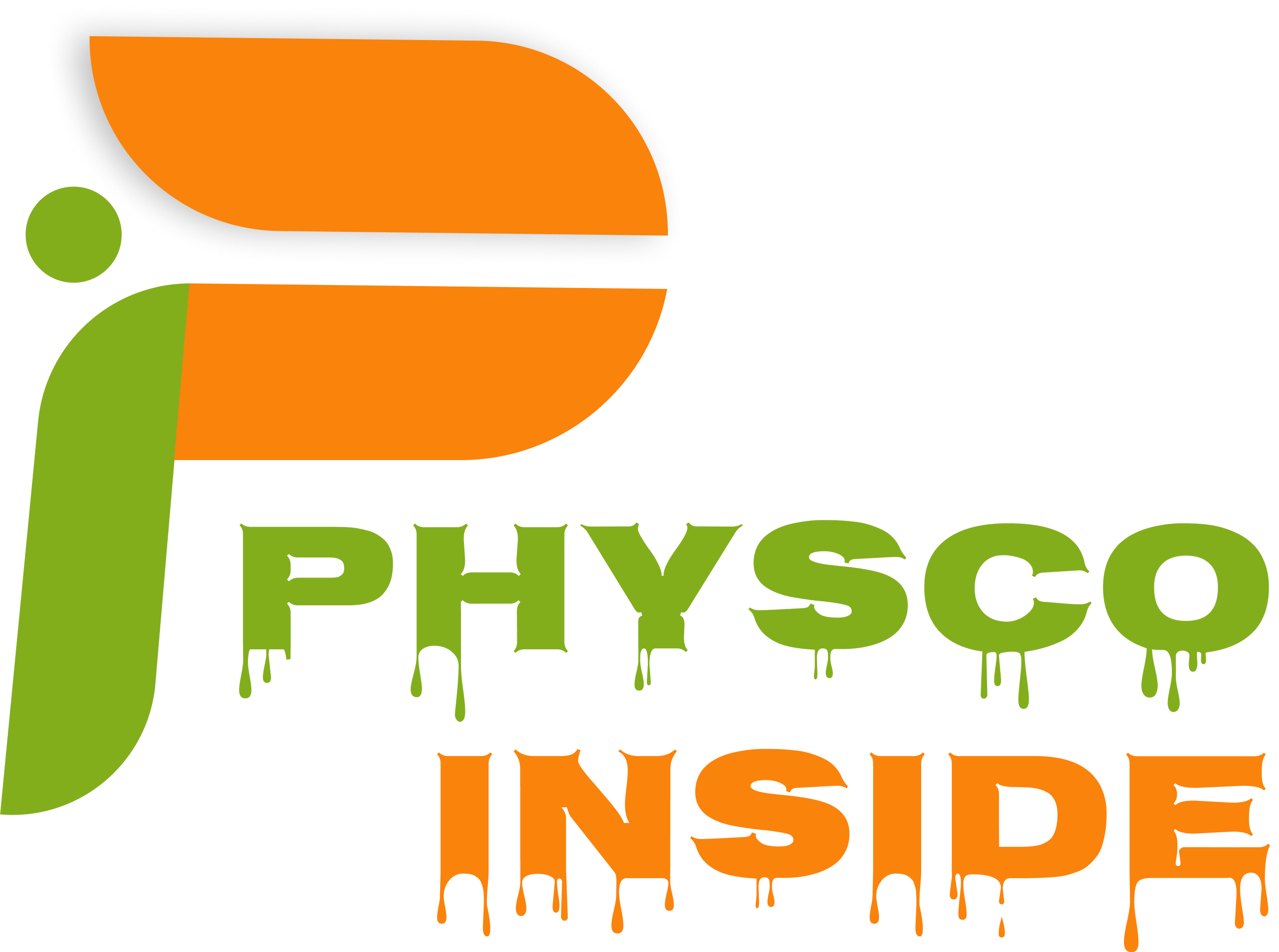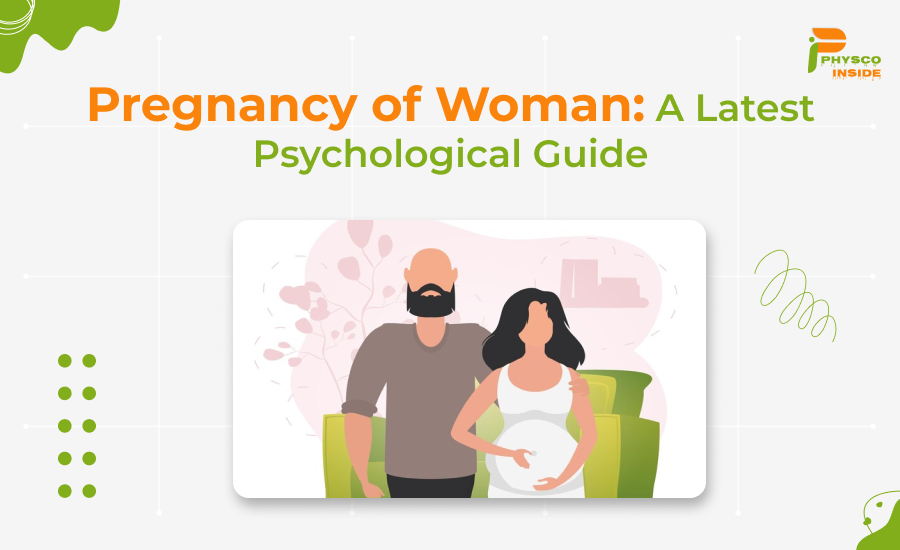(1) Introduction:
Pregnancy is an unbelievable journey of creation that reaches about 40 weeks (about 9 months). During this time, a woman’s body brings up and supports the growth of a new life. The journey unfolds in three Trimesters, each marked by specific stages of fetal development and Maternal changes. Beginning with Conception, where sperm fertilizes an egg. This complex process involves important Hormonal shifts, Physiological Adjustments, and personal Transformations. I am writing this article. This article gives u In-Depth information about” Pregnancy of women”. Throughout this journey, Prenatal care plays an important role in monitoring the health of both mother and child. It ensures early Detection of any issue. Issue. It provides essential support for a safe and healthy Pregnancy outcome.
(2) Definition of Pregnancy:
“Pregnancy is the Psychological state in which a female carries a Developing embryo. In her, uterus for around 40 weeks (about 9 months) from Conception to birth, marked by various physical, Hormonal, and personal changes”.
(3) What is the importance of Pregnancy?
Pregnancy is of most importance as it involves the creation and support of a new life. It Contributes to the Continuation of the human species and Involves the growth and development of a child inside the Mother’s womb. It promotes a strong bond between the parent and child and leads to the birth of a new generation. Moreover, Pregnancy holds significant social and Cultural Significance, Influencing Societal norms, Cultural patterns, and social practices.
(4) What is the Conception in Pregnancy of Women?
Conception involves two steps:
(4.1) Preparation of an egg by a Sperm:
- The process of Fertilization involves the fusion of an egg and a sperm cell.
- It begins with sexual Intercourse. During this the male releases sperm cells into the female reproductive tract.
- The sperm cells travel through the cervix and into the uterus, eventually Reaching the Fallopian tubes.
- Within the Fallopian tube, one sperm cell sticks to the outer layer of an egg that has been released from the ovary during Ovulation.
- This joining of genetic material from the sperm and egg forms a zygote, which is a single diploid cell. This marks the beginning of a new human life.
(4.2) Development of Zygote:
- The zygote then Undergoes rapid cell division through a process called Cleavage.
- As it moves down the Fallopian tube towards the uterus, it continues to divide and form a group of cells called a Blastocyst.
- The Blastocyst consists of an outer layer of cells known as the Trophoblast.
- Which eventually develops into the Placenta, and an inner cell mass, which develops into the embryo.
- Overall, Fertilization is an important step in the Reproductive cycle. As it marks the union of genetic material from both parents and begins the development of a new human being.

(5) What is the “Implantation” in Pregnancy of Women?
Implantation is an important stage in Pregnancy. Where the Fertilized egg or embryo Attaches itself to the edge of the uterus. This typically occurs around 6-10 days (about 1 and a half weeks) after Conception. During Implantation, the embryo releases Hormones to Penetrate the uterine edge. It allows it to burrow and Establish a connection for Nutrient exchange with the Mother’s Bloodstream. Successful Implantation is Essential for the Pregnancy of a woman to continue and for the development of the Placenta.
(6) What is Fetal Development?
Fetal development refers to the process in which an embryo grows and develops during the Pregnancy of a woman. It Involves the Continuous growth and development of organs, tissues, and body systems necessary for the survival and closing birth of the fetus. This process is characterized by specific stages of development and differentiation. It starts from the moment of Conception and continues until delivery. Genetic factors, Maternal health, and Environmental influences regulate fetal development. It led up to the birth of a mature infant.
(7) What is the Pregnancy Trimester Guide?
Below is an outline of the Pregnancy Trimester Guide of a woman.
(7.1) First Trimester (Weeks 1-12):
- Fertilization and the preparation of the egg Typically occur in a week.
- Organ development begins, including the brain, heart, and limb buds.
- By week 8, all major organs have started forming and the embryo is referred to as a fetus.
- Basic facial features become visible, and the fetus develops a beating heart.
- At the end of the first trimester, the fetus is Approximately 2.5 to 3 inches long and weighs about half a Particle.
(7.2) Second Trimester (Weeks 13-26):
- Rapid growth and Refinement of fetal structures occur.
- Facial Features become more defined, and limbs enlarge.
- Fetal movements, known as Quickening, become more noticeable to the mother, usually Occurring around weeks 16-20.
- By week 20, the fetus has developed a complete set of organs, and its sex can be determined through Ultrasound.
- Vernix, a Protective coating, develops on the skin.
- By the end of the second trimester, the fetus is around 10-14 inches long and weighs around 1.5 to 2 pounds.
(7.3) Third Trimester (Weeks 27-40):
- Continued growth and development of organs, particularly the lungs, brain, and immune system.
- Fetal movements become Healthier as space in the uterus becomes limited.
- A fetus gains significant weight, with most of the weight gain Occurring in the final weeks.
- Fetus assumes the Head-down position for birth, although some may remain breech.
- Fetal kicks and movements may be visible from the outside.
- By full term (around week 39-40), the fetus is Typically around 18-20 inches long and weighs between 6 to 9 pounds.
(8) What are the Major Developmental Milestones of Pregnancy?
The Major Developmental Milestones of Pregnancy are:
- Formation of major organ systems (heart, brain, lungs, etc.)
- Development of facial Features and limbs
- Onset of fetal movements (Quickening)
- Development of Reflexes like sucking and Swallowing
- Development of sensory organs (vision, hearing, touch)
- Development of hair, nails, and lanugo (fine hair covering the body)
- Accumulation of Subcutaneous Fat for Temperature Regulation
- Improvement of the ability to Regulate body temperature
- Preparation for birth, including the descent into the pelvis and Positioning for delivery
These milestones provide a Framework for understanding the process of fetal development throughout Pregnancy.
(9) What is the Pregnancy Hormones Guide?
Hormonal changes that occur during Pregnancy.
- Human Chorionic Gonadotropin (HCG): This Hormone is produced by the Placenta shortly after Implantation. It maintains the corpus luteum, which in turn produces Progesterone during early Pregnancy. The presence of hCG in urine or blood is the basis of Pregnancy tests.
- Progesterone: Progesterone levels increase significantly during Pregnancy. It maintains the uterine lining for Implantation and supports the growth of the Placenta. Progesterone also relaxes smooth muscles, Preventing Premature Contractions of the uterus.
- Estrogen: Estrogen levels increase Steadily throughout Pregnancy. It plays an important role in fetal development, including the development of organs, bones, and the Placenta. Estrogen also Stimulates the growth of breast tissue in preparation for Breastfeeding.
- Relaxin: This hormone is produced by the Placenta and ovaries. It relaxes the Ligaments in the pelvis to prepare for labor by Allowing the pelvic bones to shift during Childbirth.
- Prolactin: Prolactin levels rise during Pregnancy. It prepares the breasts for milk production. It Stimulates milk production after Childbirth and supports Breastfeeding.
- Oxytocin: Known as the “love hormone” or “bonding hormone”. Oxytocin plays a role in uterine Contraction during labor and Stimulates milk release during Breastfeeding. It also promotes Maternal-Infant bonding.

(10) Which Physical Changes Occur in the Pregnancy of Women?
Some of the key physical changes include:
- Enlargement of the uterus: The uterus expands significantly to Accommodate the growing fetus. At the end of Pregnancy, the uterus can expand to about its expected size.
- Weight gain: A woman Typically gains weight during Pregnancy, which includes the weight of the fetus, Placenta, Amniotic fluid, Increased blood volume, and Enlargement of the uterus.
- Changes in Breasts: The breasts become larger and more sensitive as they prepare for Breastfeeding. The nipples may also darken and become more Prominent.
- Hormonal Changes: Pregnancy Hormones such as Estrogen and Progesterone increase significantly. It leads to various changes in the body including Relaxation of Ligaments and joints to prepare for Childbirth.
- Morning Sickness: Many women experience nausea and Vomiting, especially during the first trimester, due to Hormonal changes.
- Blood volume: The body produces more blood to supply oxygen and Nutrients to the Developing baby. It leads to an increase in blood volume.
- Skin changes: A few ladies experience changes in their skin. For example, the cover of the skin around the Areolas, a dim line running from the tummy button to the pubic bone (Linea nigra), and the presence of stretch flaws (on the Mid-Region, bosoms, thighs, or Backside).
- Swelling: Some women experience Swelling, especially in the hands, feet, and ankles, due to Increased fluid Retention.
- Changes in posture: As the Pregnancy Progresses, the woman’s center of gravity shifts forward, leading to changes in posture and possibly back pain.
- Increased heart rate: The heart works harder during Pregnancy to pump the Increased volume of blood. It leads to a higher heart rate.
(11) What is Labor and Childbirth?
During Pregnancy, “Rhythmic uterine Shrinking causes Cervical Dilation, helping in the delivery of the baby during labor”.
Onset of Labor includes
(11.1) Early Indications of Labor
- Lightening: The baby moves into the pelvis, Relieving pressure on the stomach.
- Braxton Hicks Contractions: Irregular Contractions that may become more noticeable.
- Bloody Show: release of the mucus plug, often conducted by Blood-Tinged Discharge.
(11.2) True Labor Contractions:
- Regular Contractions: Contractions become more regular, Frequent, and intense.
- Back Pain: *Contractions may be felt in the lower back.
- Rupture of Membranes: Breaking of the Amniotic sac, Resulting in a burst or flow of fluid.
(12) What are the Stages of Labor?
(12.1) Early Labor (Inactive Phase)
- Contractions start, commonly gentle and Sporadic.
- Cervical Dilation begins (0-3 Centimeters).
- This stage can last for a few hours or more.
(12.2) Active Labor
- Contractions increase rapidly and become more Frequent.
- Cervical Dilation Progresses (4-7 Centimeters).
- Fatal descent begins, and the baby drops further down the birth canal.
(12.3) Transition
- The most intense period of labor.
- The cervix widens quickly (8-10 Centimeters).
- Contractions are very close together.
- Ladies might Encounter areas of strength for Sickness and shaking during Childbirth.
(12.4) Pushing and Birth
- Full Cervical Expansion (10 Centimeters).
- When the woman feels the urge to push.
- Coordinated pushing with Contractions helps the baby travel through the birth canal.
- The baby’s head crowns and is delivered, followed by the rest of the body.
(12.5) Delivery of Placenta
- The uterus continues to contract to turn out the Placenta.
- This Typically occurs within 5-30 minutes after birth.
- The Healthcare provider checks for complete placental discharge.
(13) What are Delivery Methods for Pregnant Women?
There are two Delivery Methods for pregnancy of Women.
(13.1) Vaginal Birth
- Most common method of Childbirth.
- The baby is delivered through the birth canal.
- May involve the use of pain management techniques or medications.
(13.2) Cesarean Section (C-Section)
- Surgical delivery through an opening in the abdomen and uterus.
- Specify for various medical reasons, such as fetal Distress or Maternal Complications.
- Often Performed under local or general Anesthesia.
(14) What are the Management Strategies for Pregnancy of Women?
The Management Strategies for pain and complications during Pregnancy are as follows:
(14.1) Pain Relief Options
- Medications such as Epidurals, Analgesics, or opioids.
- Non-pharmacological methods such as breathing exercises, massage, or Hydrotherapy.
(14.2) Monitoring Fetal Health
- Continuous monitoring of the fetus during labor.
- Evaluation of fetal heart rate Variability and uterine Contractions.
(14.3) Addressing Complications
- Interventions for conditions such as fetal Distress, Maternal Exhaustion, or slow progress of labor.
- Consultation with Obstetric Specialists if needed.
(15) Birth of the Child and Placenta
(15.1) Immediate Care of the Newborn
- Assessment of the Newborn’s breathing, color, muscle tone, and Reflexes.
- Immediate Skin-to-skin contact between mother and newborn.
- Hold up Umbilical cord Clamping if desired.
(15.2) Delivery of the Placenta
- Healthcare Provider checks for signs of Placental Separation.
- Gentle Traction or controlled cord Traction may be used to Facilitate Placental delivery.
- Examination of the Placenta to ensure Completeness and health.
(16) What is Postpartum?
The term “post Pregnancy” refers to the period following Childbirth, Typically lasting six weeks. During this, a woman’s body undergoes physical and Hormonal changes as it returns to its pre-pregnancy state. This is a critical time for Maternal recovery, bonding with the baby, and Adjusting to life as a parent.
(17) What are the Challenges for Pregnancy of Women?
The Challenges for Pregnancy of female are:
(17.1) Mental Challenges:
- Anxiety: Due to concerns about Childbirth, Nurturing, and the baby’s health.
- Mood Swings: Fluctuations in Hormones can lead to mood changes and Moodiness.
- Stress: Coping with the Physical Discomforts of Pregnancy and Adjusting to Life Changes.
(17.2) Managing Mental Challenges:
- seek support from friends, family, and Healthcare Providers.
- Practice Relaxation techniques like deep breathing or Mindfulness.
- Engage in activities that bring joy and Relaxation.
(17.3) Emotional Challenges:
- Swinging Mind-Set
- Anxiety about labor and life as a parent
- Concern about body changes
(17.4) Physical Discomforts:
- Nausea and Vomiting
- Fatigue and sleep Disturbances
- Hormonal changes
(17.5) Coping Strategies:
- Seek constant support
- Practice Relaxation technique
- Maintain a healthy Lifestyle
- Attend Prenatal classes
- Open communication with Healthcare Providers
(18) What are the Best Pregnancy Health Tips?
There are seven brief and sound tips for Pregnancy of women:
- Eat a Balanced diet rich in Nutrients and Vitamins as Pregnancy Nutrition.
- Stay Hydrated with plenty of water.
- Engage in regular, safe exercise.
- Get Adequate rest and sleep.
- Attend all Prenatal appointments.
- Manage stress through Relaxation techniques.
- Avoid harmful Substances such as alcohol and tobacco.
(19) Conclusion:
Pregnancy of female is a complex journey marked by emotional, mental, and Physiological changes. While it brings joy and hope, it also presents challenges that may impact a woman’s health. By Acknowledging these challenges, seeking support, and Adopting coping Strategies. Women can Navigate Pregnancy with greater ease and confidence. Through proper Self-care, communication with Healthcare Providers, and a strong support network. Women can embrace the Transformative experience of Pregnancy and prepare for the arrival of their new family member with strength and grace.
(20) Frequently Asked Questions:
Early signs include missed periods, nausea, fatigue, breast tenderness, and frequent urination.
Weight gain varies, but a healthy range is typically 25-35 pounds for women of average weight.
Avoid raw or undercooked meats, unpasteurized dairy, certain fish high in mercury, and excessive caffeine and alcohol.
Yes, but consult a healthcare provider. Low-impact activities like walking, swimming, and prenatal yoga are usually recommended.
Folic acid, iron, calcium, and vitamin D are crucial for fetal development. Prenatal supplements often contain these nutrients.
Typically, monthly check-ups during the first two trimesters, then every two weeks in the third trimester, unless otherwise advised by a healthcare provider.


